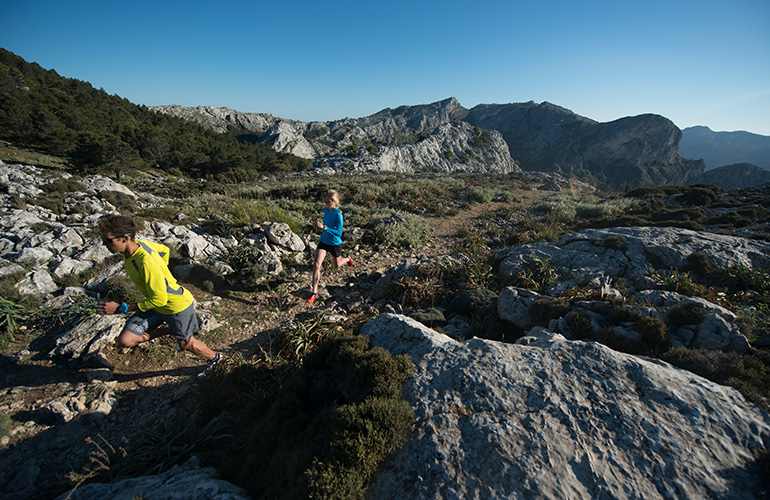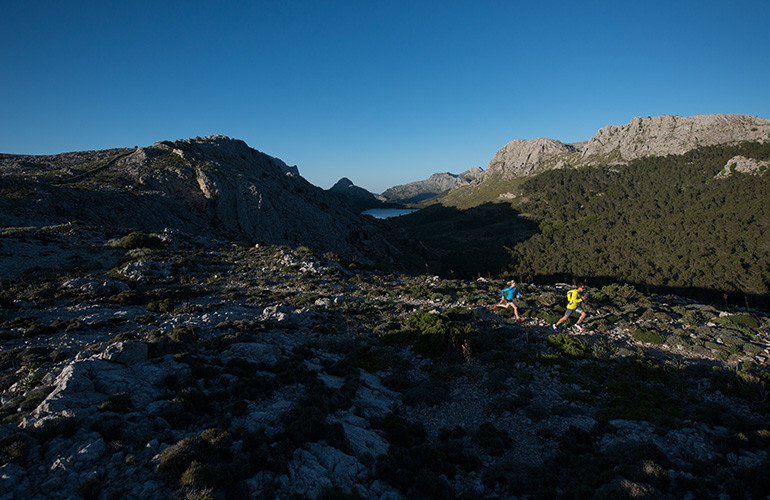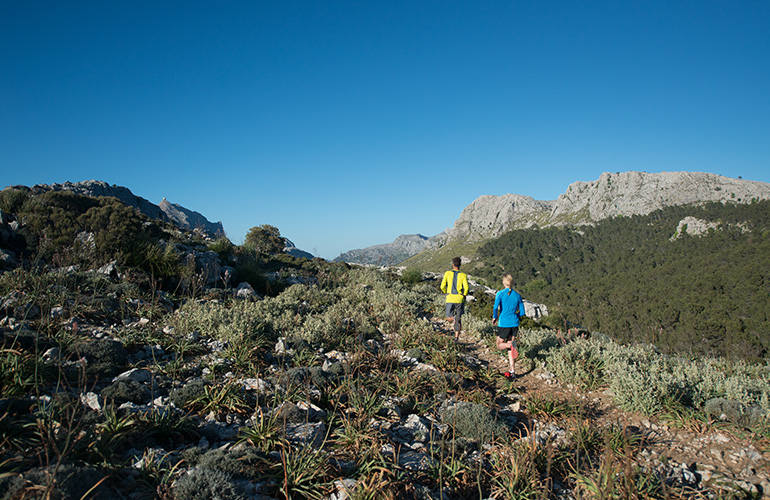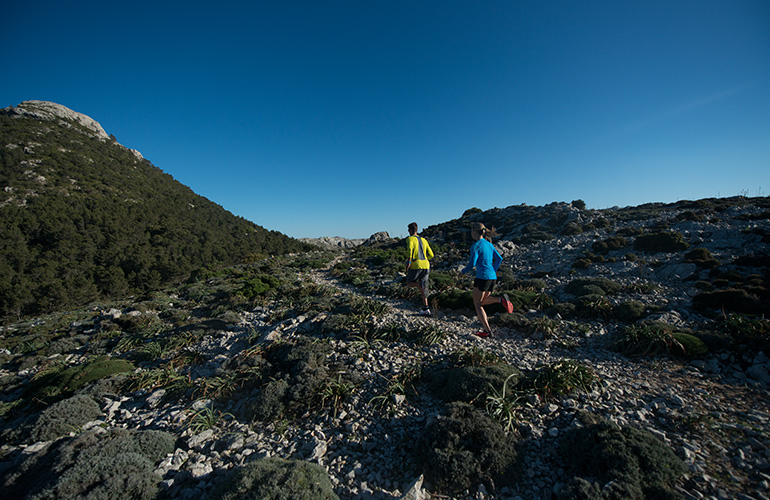Coach to elite ultra runners Jason Koop says there’s more training insights we can get from our Ambits than most of us realise.
© zooom.at/bergermarkus.com
When it comes to trail running, coach Jason Koop says gaining meaningful information demands more effort than required for cycling or road running.
“Coach Koop” – as his athletes call him – has recently published a book called Training Essentials for Ultrarunning, which condenses the knowledge he’s amassed over his sixteen-year career. It’s received positive reviews and is a must on the bookshelf of every dedicated trail runner. He’s also the director of coaching at trainright.com and is a big fan of using cutting-edge technology like Suunto Ambits to achieve better training results.
© zooom.at/bergermarkus.com
There’s more in there
Koop says many trail runners don’t know how to extract high value information from their “wrist-top computers”. It takes more effort and know-how than gaining high quality information for cycling and road running via power meters and pace.
“It’s the same type of information – how hard the workout was, what energy systems were tapped into, how much stress was put on the body, but the tools are different and with trail running it takes a few more steps to extract it,” Koop says.

© zooom.at/bergermarkus.com
Trail running makes it tricky
When it comes to cycling and road running this is easier, says Koop, because it’s simply a matter of calculating the time of a workout session with the power output for cycling or the pace for running. This simple formula makes it easy to score how hard and stressful a workout was.
“It’s not as easy with trail running because you have all these other factors like the trail surface and the elevation gain and loss so you can’t work it out as easily – it just takes a few more steps to extract meaning from the information,” Koop says. “A lot of trail runners are stuck at the information stage.”

© zooom.at/bergermarkus.com
Moving past the basic numbers
Numeric information such as distance, time, elevation gain and loss, pace and heart rate are interesting, Koop says, but in of themselves don’t offer the necessary insight to build and guide a systematic trail running training programme. Achieving this, he says, requires a “physiological tie-in”.
“There’s a big difference between just looking at the usual information your watch records versus using all of it to determine how hard the workout was, how much training stress was involved, and which energy systems were tapped into. That's the bridge that ultimately needs to be gapped – taking the statistical information and having an actual training tie in.”

© zooom.at/bergermarkus.com
Taking the next steps
There are two key steps to get past the information stage.
“Firstly, you need to normalise your pace so when you’re running a 10 minute per mile pace uphill you know what pace that equates to on the flats. Strava and Training Peaks have algorithms that do this for you. This gives you an apples to apples comparison for workouts that have different elevation gains. This first step sharpens the picture of the workout from a blurred mess to something where meaningful analysis can take place. It allows you to see how hard a workout was.
“The second step is to compartmentalise the aerobic stress a workout session generates, which is predominantly during the up hill and flat sections, from the muscular-skeletal stress predominantly generated in the downhill sections.
“If your normalized pace on the flats and uphills are getting better, your aerobic system is adapting. Similarly, if you are handling the total amount of descending or the rate of descending better, your muscular-skeletal system is adapting.”